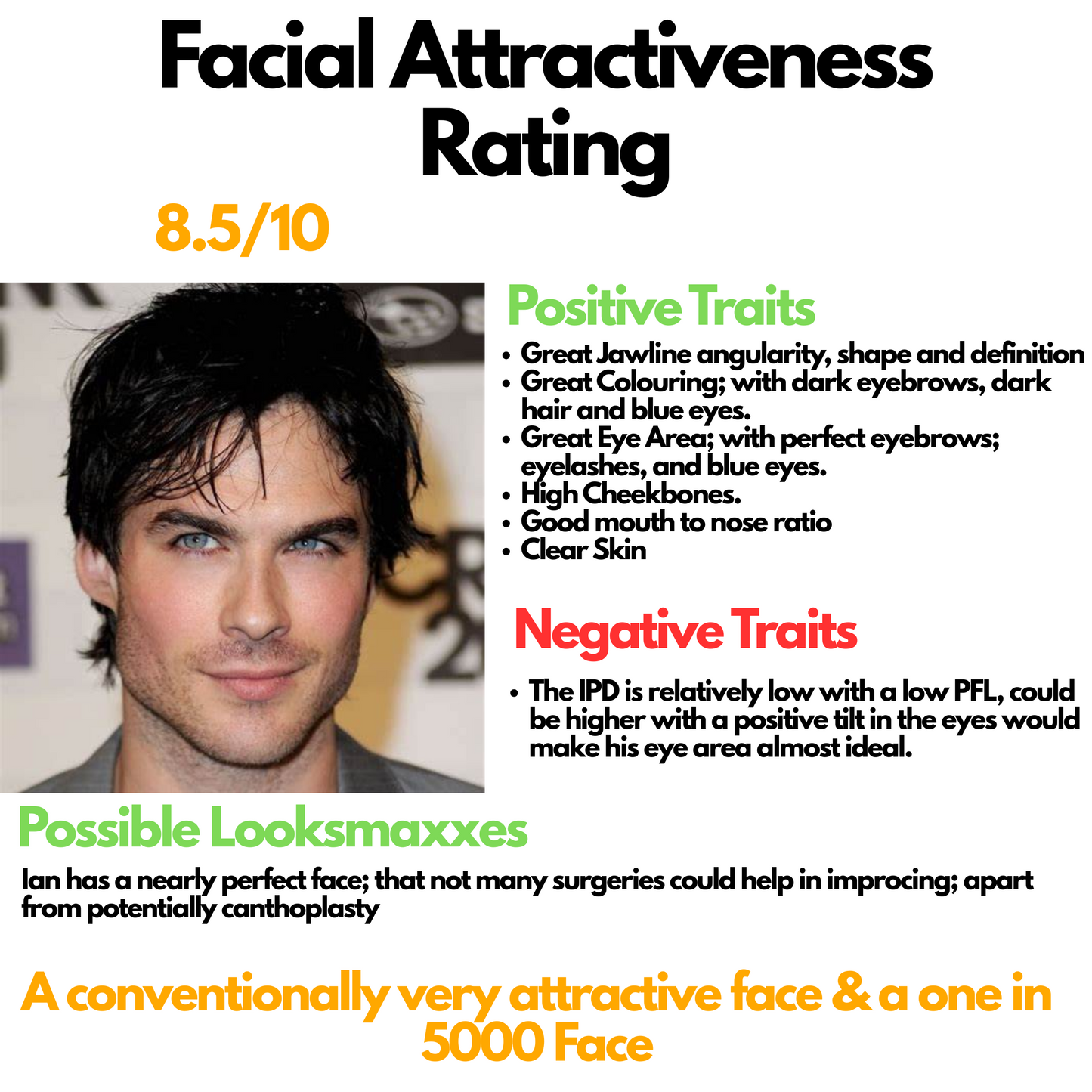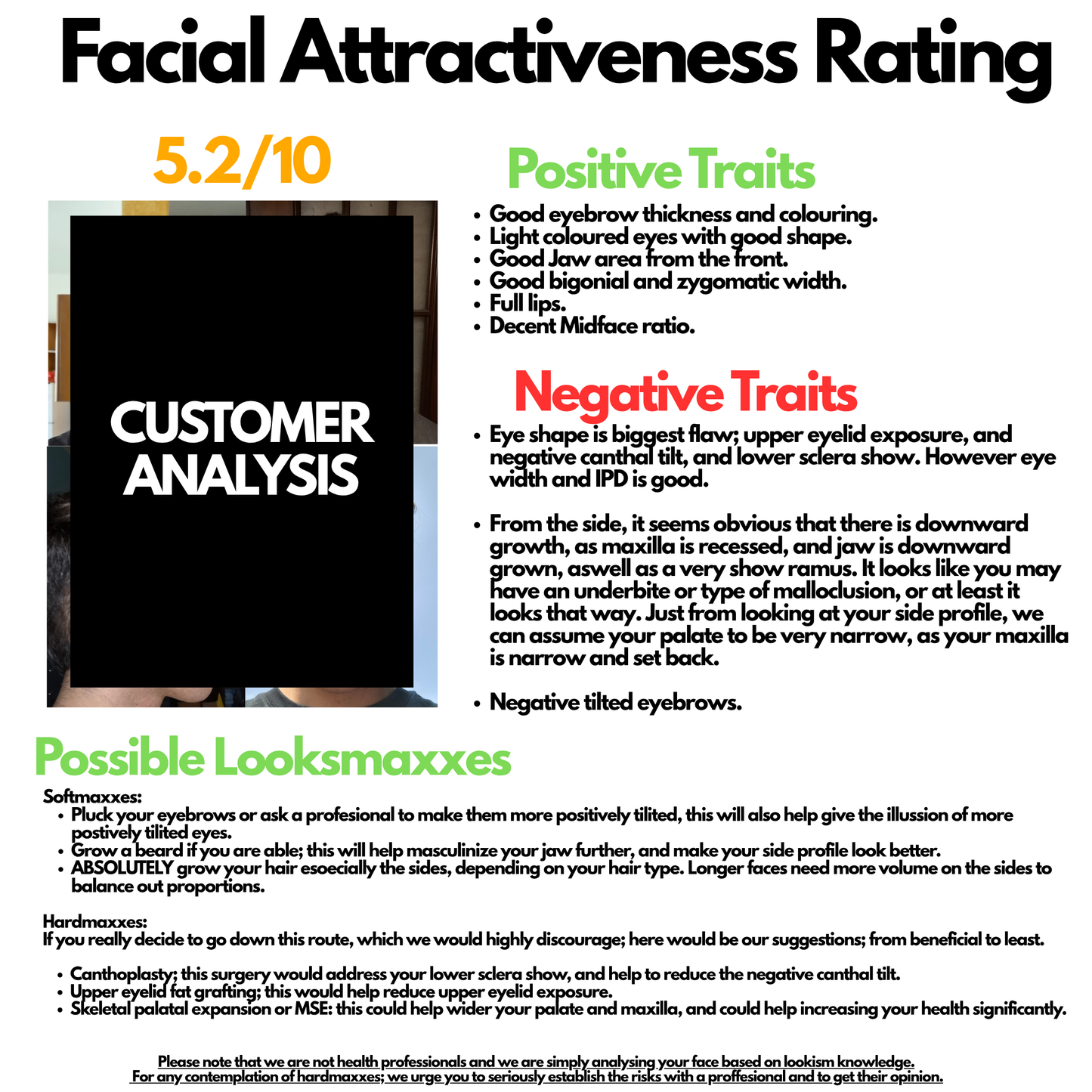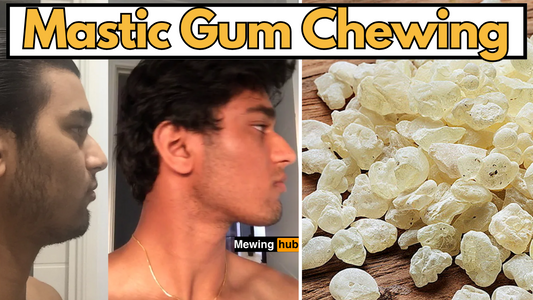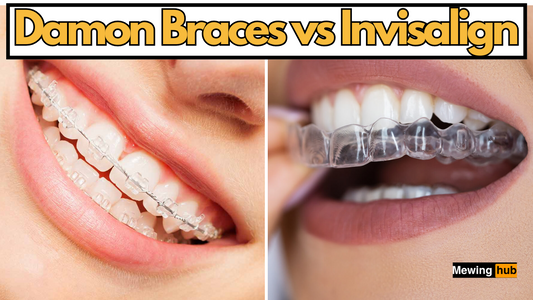Mastering Mewing to Correct Facial Asymmetry: A Detailed Guide
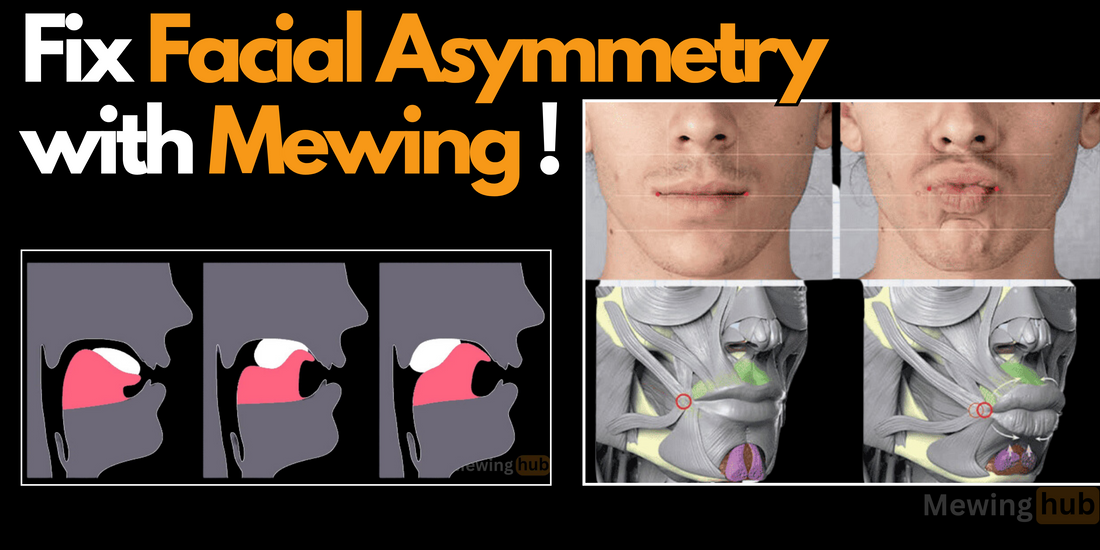
Share

How to Fix Facial Asymmetry with Mewing
Demystifying Facial Symmetry: A Closer Look

Unpacking Asymmetry
Rarely do we find a face that's a mirrored half, yet this asymmetry contributes to the allure of our individuality. Although complete symmetry is often beyond our reach, minor adjustments can improve facial balance and thus, our overall aesthetic appeal.
Root Causes of Imbalance
Our facial structure can be influenced by myriad factors—genetics dictate inherent asymmetries, while lifestyle choices, like consistent sleep positions, and even dental history play consequential roles. Understanding these factors is crucial in addressing and correcting facial imbalances.
Mewing: A Path to Symmetrical Refinement
The Promise of Mewing
Advocates of mewing practice a simple yet impactful technique: maintaining a correct tongue posture by pressing against the palate.
This disciplined approach is said to gently guide the lower jaw into alignment, fortifying facial muscles, and sharpening the jawline.
However, it's important to note that mewing may not always bring about perfect symmetry but rather works to widen the face, making asymmetries less noticeable.
Addressing Asymmetry with Mewing
Not all mewing efforts result in balanced development—sometimes, the tongue exerts uneven pressure, leading to asymmetrical growth. Achieving equilibrium in tongue posture is key to optimizing mewing's potential.
Mastering the Mew: Correcting Asymmetry with Precision
Step 1: Harmonize Tongue Pressure
Utilize mewing tools or chew gum on your weaker side to encourage equal pressure application during mewing. Incorporate a 20-30 minute daily session into your routine for balanced muscle engagement. This practice helps ensure that both sides of the face develop more evenly.
Step 2: Stretch and Align
Regular stretching exercises can release built-up tension, ensuring your tongue can achieve a symmetrical position more naturally. Incorporate facial yoga or specific tongue exercises to enhance flexibility and alignment.
Step 3: Slide and Balance
Skillfully slide your tongue from the back to the front of the palate, focusing on distributing the pressure evenly across both sides. This maneuver helps in training the tongue to maintain a consistent posture, crucial for balanced facial development.
Step 4: The Cave Maneuver
Engage in the 'cave exercise'—suction your tongue to the roof of the mouth, open wide, and maintain this for 15 seconds, repeating multiple times to strengthen and stabilize your mewing posture. This exercise is particularly effective in ensuring the back of the tongue stays in the correct position.
Mewing and Facial Widening: Balancing Features
The Role of Mewing in Widening the Face
Mewing primarily works by promoting forward and upward growth of the maxilla (upper jaw). This process can lead to a wider and more balanced facial structure, reducing the appearance of asymmetry. As the maxilla moves forward, it creates a broader base for the facial muscles and skin, enhancing the overall symmetry.
Benefits of a Wider Face
A wider face can make asymmetrical features less noticeable by providing a more uniform base. This can enhance the perceived balance and harmony of facial features, contributing to a more aesthetically pleasing appearance.
Chewing for Improved Facial Symmetry

Importance of Balanced Chewing
Chewing is a vital component in achieving facial symmetry. Often, people tend to chew more on one side, leading to imbalances in the masseter muscles. Being aware of this tendency and consciously starting to chew hard gum evenly can help rebalance these muscle imbalances.
Exercise for Balanced Chewing
To promote symmetry, practice chewing on both sides of the mouth equally. This can be achieved by switching the chewing side with each bite or setting a routine to alternate sides throughout the day. Chewing hard foods or gum designed to enhance jaw strength can further support this effort.
START YOUR CHEWING TRANSFORMATION !

Embracing the Journey to Balance
While perfect symmetry might be a lofty goal, adopting balanced mewing practices can make significant strides toward achieving a more harmonious facial appearance. It's about appreciating your unique features while fine-tuning them with mindful and consistent practice.
Conclusion: Beyond Aesthetics to Well-Being
Mewing isn't merely an avenue for aesthetic enhancement—it's a testament to the power of persistence and the subtle art of self-improvement.
As you engage with mewing's techniques, remember that the ultimate objective transcends physical appearance; it's about fostering a sense of well-being that radiates from within.
With each conscious swallow and tongue posture, you're not only edging closer to facial symmetry but also embracing a holistic approach to health that celebrates the singular beauty of your features.



